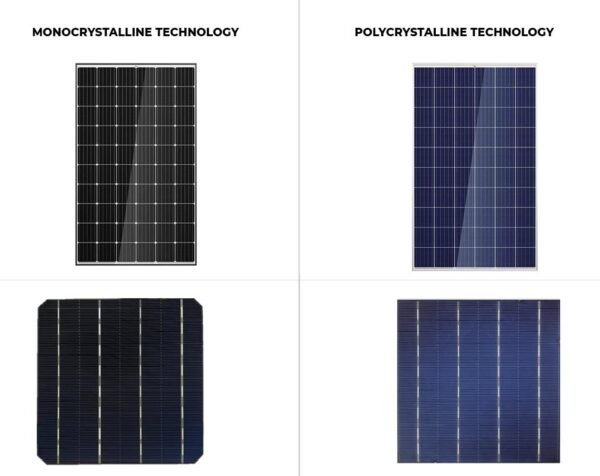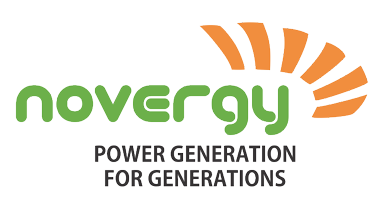As a clean energy investor, you must have caught a glimpse of solar arrays on a commercial project and observed the various sizes of panels used in the installation. You constantly wonder what size will be the right option for your solar project and how the size can affect the initial cost of installation. The size of the panel is one of the major factors that determines the amount of electricity you will generate on a site. Along with the other aspects like weight, cost and type of solar panels, investors should also navigate through the effect of solar cells and the size of panels on the energy harvest.
Size is the vital factor in the selection of a panel, but eventually, it all comes down to the performance and effectiveness. For instance, a solar panel is just like the windowpane in your house, you will get maximum air and light if you have a gigantic one. Similarly, the bigger the solar panel, the better the efficiency. If the windowpane is not cleaned and washed regularly, then it can hinder the sunlight and block your view. Modern solar panels are just like the clean glass panel, they absorb more light to reap a favourable solar harvest.
Solar cells
Photovoltaics use sunlight for energy production. It is the basic unit of any solar power system; it is often made of a silicon crystalline wafer which aids in the conversion. For the successful conversion, sunlight needs to penetrate through the panel glass and make its way to solar cells to get absorbed. The energy thereupon needs to be released from the solar cell through the active movement of electrons. All these factors combined, influence the efficiency of a solar cell. For investors perspective, efficiency is the ratio of the total amount of electricity produced to the total sunlight energy that crossed the solar cell and got absorbed.
Investors need to ask their EPC partner all the details about the material, design and engineering used in the solar cell. Because it is the quality of raw materials that weighs more than the size of the panel. There are two types of solar cells available in the market these days – monocrystalline and polycrystalline cells. The panels made of these cells come in multiple wattages and cell variants – 32, 60, 72, 144 cells.

Monocrystalline and Polycrystalline technology
Monocrystalline is one of the oldest and most trustworthy technologies in the solar industry. Its efficiency rating is more promising than polycrystalline technology. In monocrystalline panels, the silicon ingot is drawn in a single structure using the Czochralski method while in polycrystalline, multi-crystalline technology is used in a random formation to create the single ingot.
Outer Appearance
Monocrystalline is easily recognized by its uniform external appearance, the colour of the cell in these panels is often dark blue or black. There is a diamond pattern between the cells because of small cuts on the corners. In polycrystalline or multi-crystalline panels, the colour of the solar cells is medium blue or dark blue and the cells are square-shaped.

Space requirement
Monocrystalline panels require less space to fit more capacity, it is best suited for locations with space constraints. They can fit more KW in the same area as compared to polycrystalline. They typically need about 6 to 9 sq. metre per KW. Polycrystalline demands more area as compared to monocrystalline to fulfil the same capacity. It usually requires about 8 to 14 sq. metre per KW. Monocrystalline panels are expensive because of silicon ingot and diverse cell technology.

Performance
As far as efficiency is concerned, each cell has a specific performance limit. That is the reason why they are put together in a group, ranging from 36 to 144 cells, to accomplish the desired efficiency. Every combination assists in increasing the energy outcome of the modules. Polycrystalline performs better in hot and tropical regions, whereas monocrystalline works best in temperature below 35 degrees.
Size and Installation
In essence, both solar panels are equivalent except the additional 12 solar cells in the bigger modules. The 72-cell modules make a difference in energy yield if we compare it with the whole array arrangement. The panels with 72-cells are economical and easier to install on large-scale projects as they need a low number of racking rail, electrical connection and clamps to secure the site. Due to this reason, investors can save money and balance the installation costs. The bigger panels are the best for the ground mount installation as they do not need additional investment in top-notch aesthetic elements. They have higher wattages and energy output. Installers can mix and match the panels to meet the demands of a certain site. To get maximum installation benefits and seamless performance, keep compatible solar inverters handy.

All things considered
If you invest in solar, it is going to be with you for the next 25 years, so you need to comprehend and gather all the minor details about the panels and how things work to reap long term rewards and savings. If you want to upgrade your building’s electricity source to clean energy then you must consult Novergy for excellent solar solutions. With more than 13 years of experience, we provide in-depth details to our clients on the right size of panels, design site structure, installation costs and ROI calculation. To know more, visit novergysolar.com NOW!

